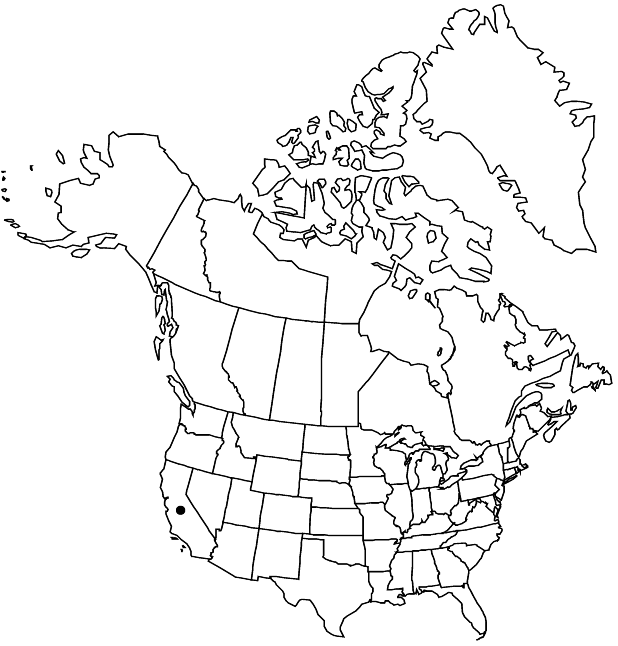Arctostaphylos rudis
Erythea 8: 100. 1938 ,.
Shrubs, erect, 1–3 m; burl present or absent; bark on older stems persistent, gray, shredded; twigs sparsely short-hairy. Leaves erect; petiole 3–8 mm; blade bright green, shiny, elliptic, 1–3 × 1–2 cm, base cuneate to rounded, margins entire, plane, surfaces smooth, puberulent, glabrescent. Inflorescences racemes, (simple or 1-branched); immature inflorescence pendent, axis 0.5–1 cm, 1+ mm diam., sparsely short-hairy; bracts not appressed, scalelike, deltate, 2–6 mm, apex acuminate, surfaces glabrous. Pedicels 3–6 mm, glabrous. Flowers: corolla white, conic to urceolate; ovary glabrous. Fruits depressed-globose, 8–14 mm diam., glabrous. Stones distinct. 2n = 26.
Phenology: Flowering winter–early spring.
Habitat: Maritime chaparral on sandy soils
Elevation: 0-100 m
Discussion
Of conservation concern.
Arctostaphylos rudis is found along the coast in Nipomo and Burton mesas and Point Sal, Santa Barbara and San Luis Obispo counties.
Selected References
None.
